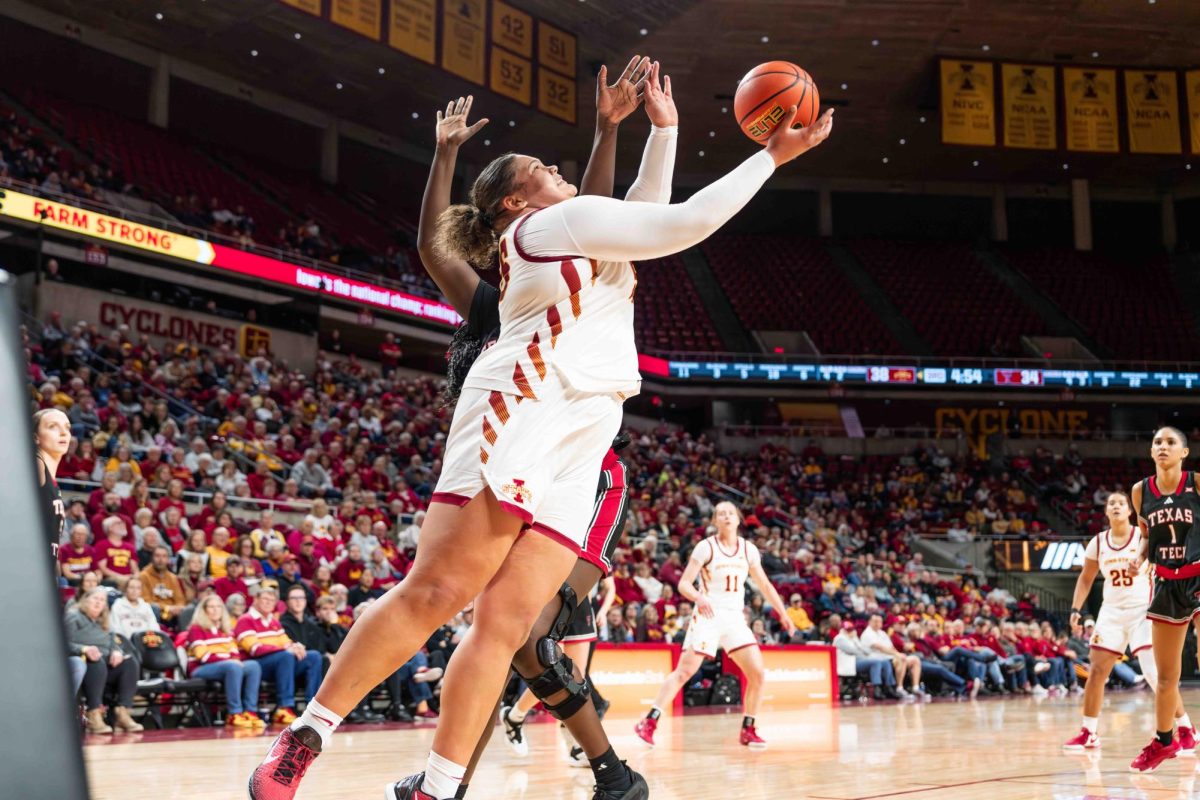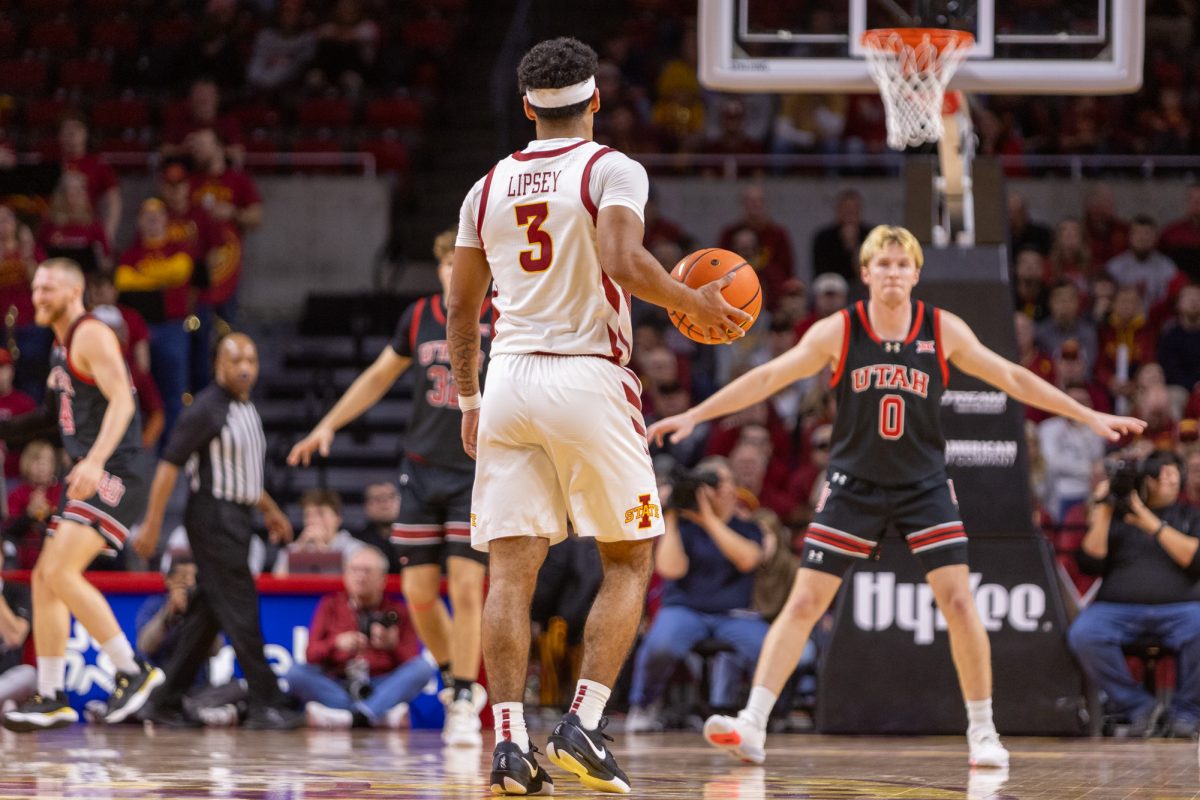Two down, two to go; College Creek Restoration Project enters phase three
February 3, 1998
Students who stroll through the woods near the Memorial Union will find a new and improved atmosphere created by landscape architects who have been repairing the area.
The process is the second of four phases of the College Creek Restoration Project, which will cover 450 feet of College Creek along the east side of the Memorial Union.
The first phase, which was completed in April 1996, restored about 500 feet of stream bank west of Wallace Road on the east side of campus.
Funding for the next phase has been delayed, but with some support from Iowa State President Martin Jischke, the project will resume and the creek will soon be ready for passersby to admire.
The project has been developed by ISU landscape architect Rick Fox, who also is manager of the project.
Inter-Fluve, a Montana/Oregon company that employs biologists, hydrologists and civil engineers, has been working with a landscape construction company in Fort Dodge to reconstruct College Creek.
The restoration begins at Lincoln Way and runs north 100 feet beyond a pedestrian bridge that connects the Memorial Union with The Knoll.
Fox said the creek bed has been lined with large stones and limestone to create mini-rapids and slow pools, which will calm the great speeds of water and disperse the energy that has been eroding the stream’s bottom.
“Like scouring powder wearing at the bottom of a sink, the hydraulics of the stream have been pushing the sediment down the stream, wearing at the bottom and the sides of the stream,” Fox said.
The large rocks also weigh enough to force the stream in the direction engineers see fit, saving many of the trees around the stream that were being uprooted by erosion.
“Part of the problem is due to the fact we have an abundance of canopy trees over the area, which does not let light come in to nurture the plants and trees in the area and make their roots grow,” Fox said.
He said Phase II involved tearing down some trees which threatened to fall into the creek. It also affected surrounding trees that needed to be removed, he said.
Stream erosion also was creeping close to the Memorial Union parking ramp and could have caused further damage of the ramp’s foundation.
Fox said the stream’s slopes were covered at the edges with light gravel and were reinforced with lifts made of biodegradable topseed fabric, which is wrapped around soil to form steps.
When turf seed that covers the steps grows, the fabric then holds the grass in place. He said the fabric takes around 23 years to decompose.
“Many people thought we were trying to ruin the landscape, but we are planting many more trees to replace the old ones and will be putting in some new colorful plants, grasses and flowers, such as the bluebells many saw last spring,” Fox said.
Along with improving the area, the rusty sewer line by the pedestrian bridge also has been replaced by a new pipe, which is hidden by the bridge to eliminate the risk of accidents when people walk on it.
“We have also widened the path from Lincoln Way to the pedestrian bridge from 6 feet to 8 feet and would like to extend the path all the way to [the Forker Building], so people can walk along the stream and enjoy it,” Fox said.






